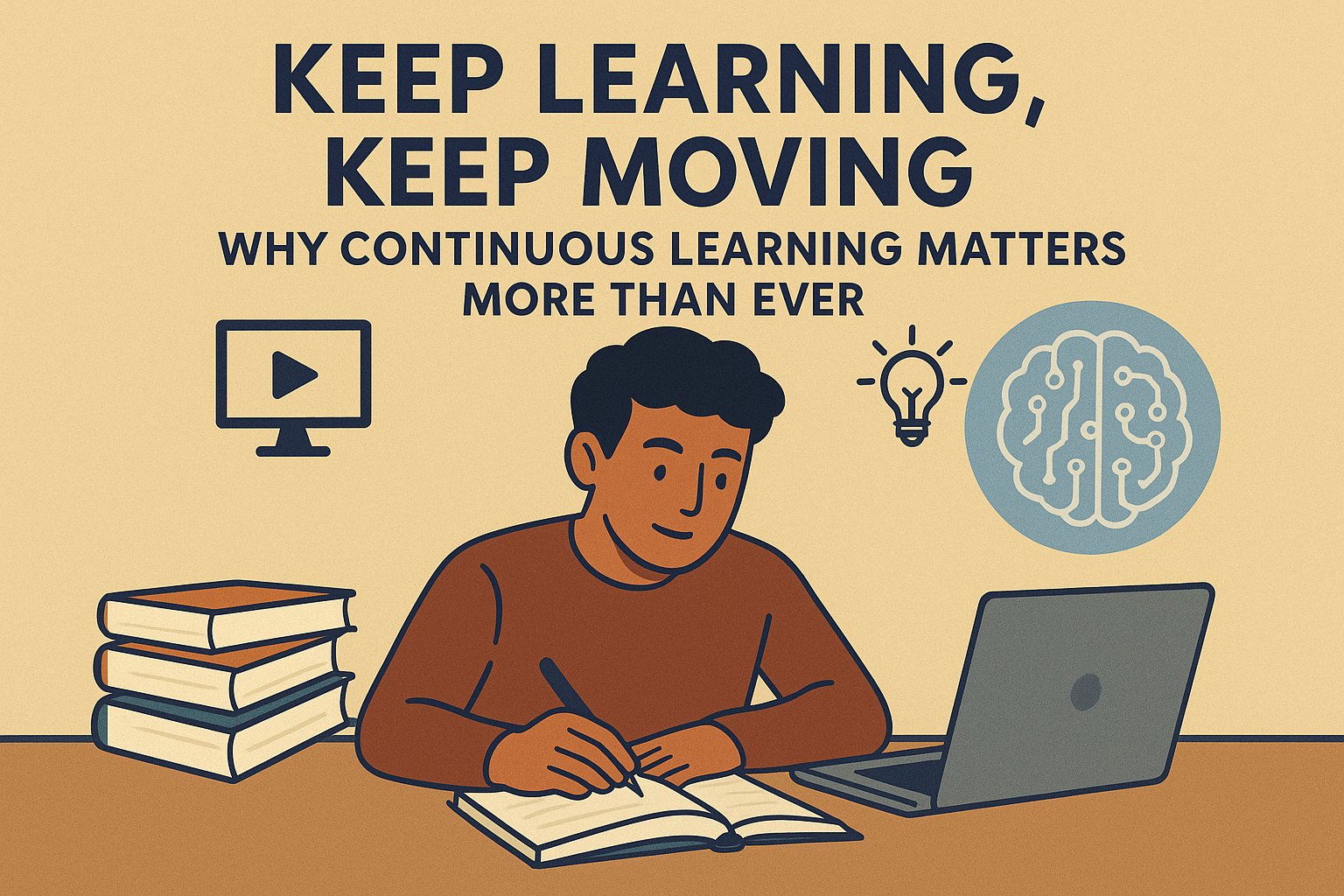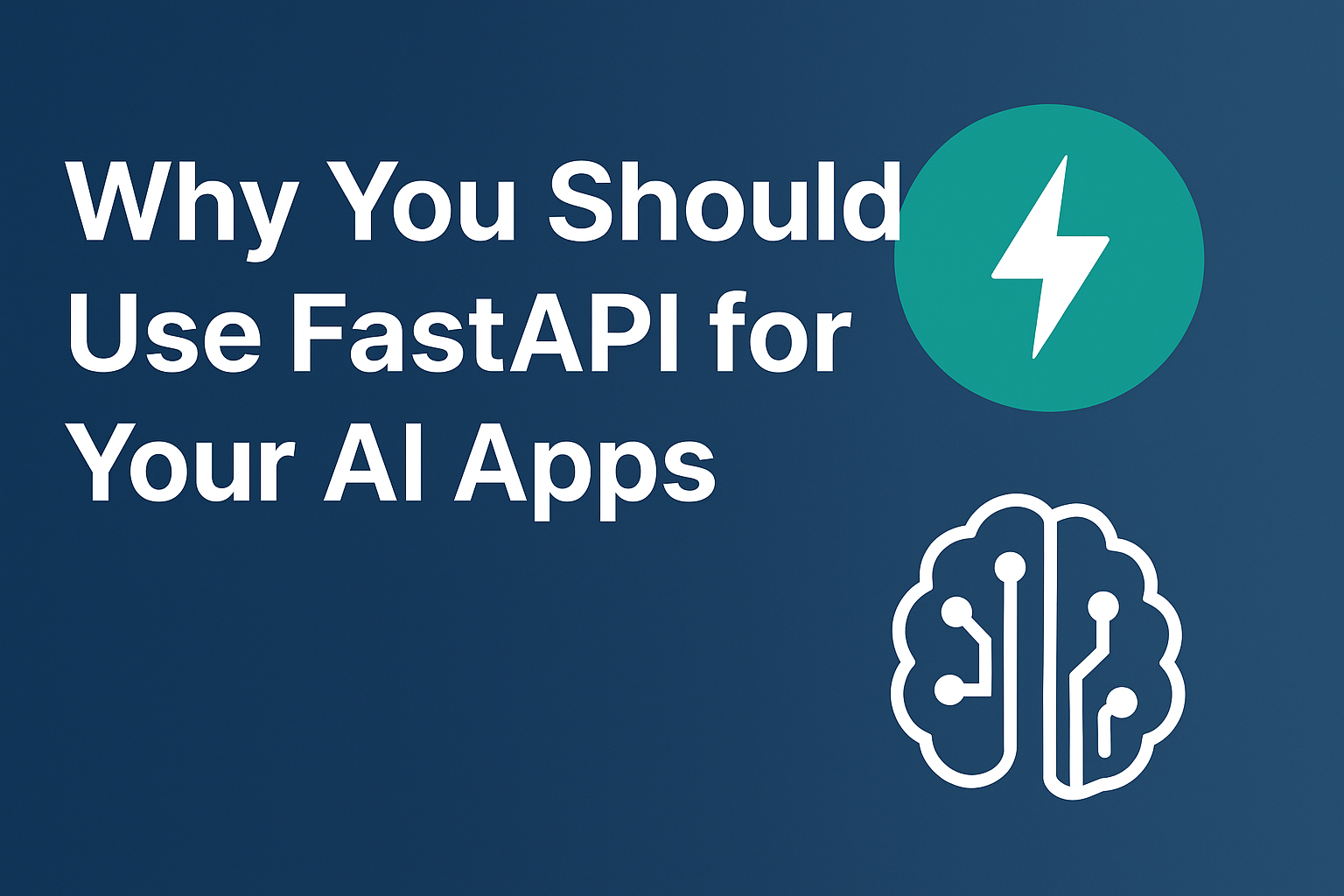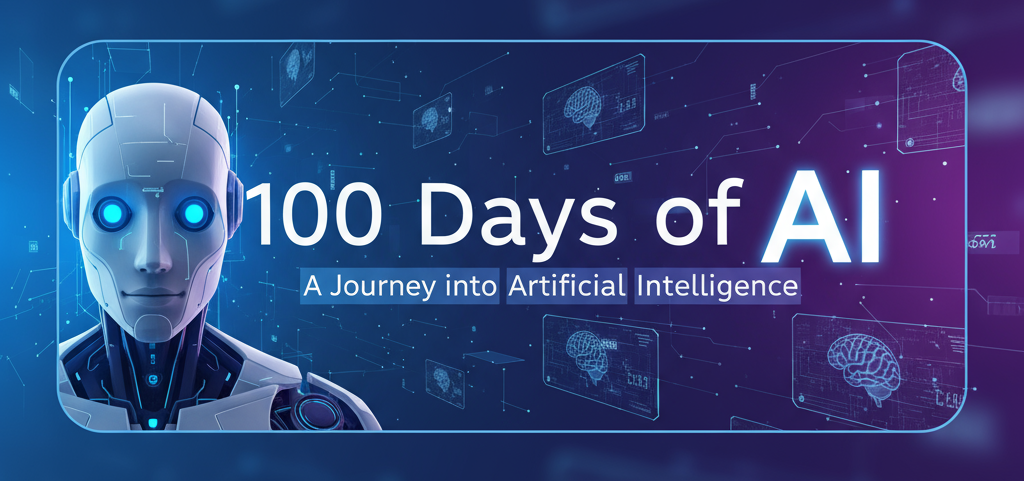Technology is moving fast. Life is moving fast too. New tools show up, old skills become less valuable, and the way we work keeps shifting. If you are in IT, software, project management, or any role that touches tech and business, continuous learning is not a nice-to-have. It is survival, growth, and confidence in one simple habit.
A quick story that changed how I look at learning
When I was in college, I was bitten by a mad dog and went straight to the hospital for vaccination. I still remember the doctor. He had a big pile of books beside him, and he was always studying. I asked why he studies so much during work hours. He said new diseases and treatments are discovered daily, and medical technology changes frequently, so he has to keep up to handle whatever walks into his clinic.
That hit me hard. If doctors keep studying to save lives, why should it be any different for us in Information Technology, where the stack changes every season? That day I decided learning is not a phase. It is a lifestyle.
AI arrived suddenly. It helps, and it scares
In the last two years, AI has gone from cool demos to everyday tools. Generative AI, coding assistants, agentic systems, and copilots are everywhere. They write tests, draft emails, refactor code, spin up designs, and even manage small workflows. It creates a strong feeling that tasks are becoming easier. At the same time, there is real anxiety. Will these tools take my job? Will I keep up?
Here is the honest view:
- AI automates tasks, not ownership. It reduces grunt work and raises the bar on judgment, context, and taste.
- People who learn to work with AI outperform those who ignore it.
- The job does not go away. The job changes. Your role shifts from doer of routine tasks to designer of systems, curator of quality, and driver of outcomes.
Continuous learning is how you cross that bridge with confidence.
What continuous learning gives you
- Speed without chaos You can pick up new frameworks or tools faster. You also know how to decide what to learn and what to skip.
- Better problem framing Most failures are not coding errors. They are thinking errors. Learning exposes you to patterns, tradeoffs, and mental models so you choose the right problem and the right solution.
- Career resilience Companies reorganize. Markets shift. If you keep learning, you stay employable and relevant.
- Creativity on demand Reading widely and experimenting often feeds original ideas. You connect dots others miss.
- Compounding Skills stack. A bit of security knowledge makes you a better backend dev. A bit of product sense makes you a better PM. Over years, the compounding is huge.
- Confidence Anxiety reduces when you know you can learn what you need, when you need it.
Unlearning is equally important
Learning fills the cup. Unlearning empties it enough to refill. Old habits and assumptions block new results.
- Let go of tool loyalty Your identity is not Java, Python, or React. It is solving problems. If a better tool fits, switch.
- Retire outdated mental models What worked for monoliths might not fit event-driven systems. What worked for on-prem may not fit cloud-native. Move on.
- Drop perfection-first With AI and rapid iteration, it is better to ship a clean draft, observe, then improve. Perfection at step one slows you down.
- Release fear of being a beginner Everyone is a beginner again with AI. That is normal. Start anyway.
Practical ways to keep learning without burning out
- Adopt a learning loop Read or watch. Build a tiny thing. Share it. Get feedback. Repeat. Small loops beat big plans.
- Use AI as a study partner Ask it to explain a concept, generate practice questions, review your code, or simulate an interview. Keep your judgment on.
- Micro-learning blocks 25 to 45 minutes per day is enough. Put it on your calendar like a meeting with yourself.
- Build a portfolio of proofs Repos, short articles, internal demos, small utilities. These are receipts for your skills.
- Teach someone Mentoring or writing forces clarity. If you can explain it simply, you know it.
- Curate your sources Follow a few trusted newsletters or creators instead of trying to read the entire internet.
- Reflect monthly What did I learn? What should I unlearn? What is the next small bet?
How to learn AI without feeling lost
- Pick one useful problem from your daily work Example: summarize PRs, write first-draft tests, create fixtures, generate user stories from notes.
- Choose one model and one tool Keep it simple. Learn prompts, constraints, and failure modes.
- Wrap it in a tiny workflow A script, a bot command, or a checklist. Make it repeatable.
- Measure Time saved, bugs prevented, or quality improved. Keep a simple log.
- Iterate Improve prompts, add guardrails, expand to the next workflow.
Mindsets that keep you future ready
- Curiosity over certainty Ask more questions than you answer. Curiosity scales.
- Outcomes over output Focus on solved problems and happy users, not just lines of code or tickets closed.
- Breadth with depth Be T-shaped. Go deep in one or two areas, stay broad enough to connect across teams.
- Systems thinking See how choices ripple through performance, cost, security, and user experience.
A simple weekly template
- One deep dive session on a core skill
- One micro project or automation that saves you 10 minutes a day
- One share: a post, a gist, or a short talk in your team
- One unlearning: a habit or tool you will stop using or rethink
Final thought
That doctor with the pile of books was not studying for a certificate. He was preparing for the next unknown case that might walk in. Our work is similar. New tech arrives. AI keeps evolving. Requirements shift. Continuous learning and honest unlearning turn that chaos into a career advantage. Start small, stay consistent, and keep your edge.
Alternate link to this article: https://www.linkedin.com/pulse/keep-learning-moving-praveen-nair-hbxrc



